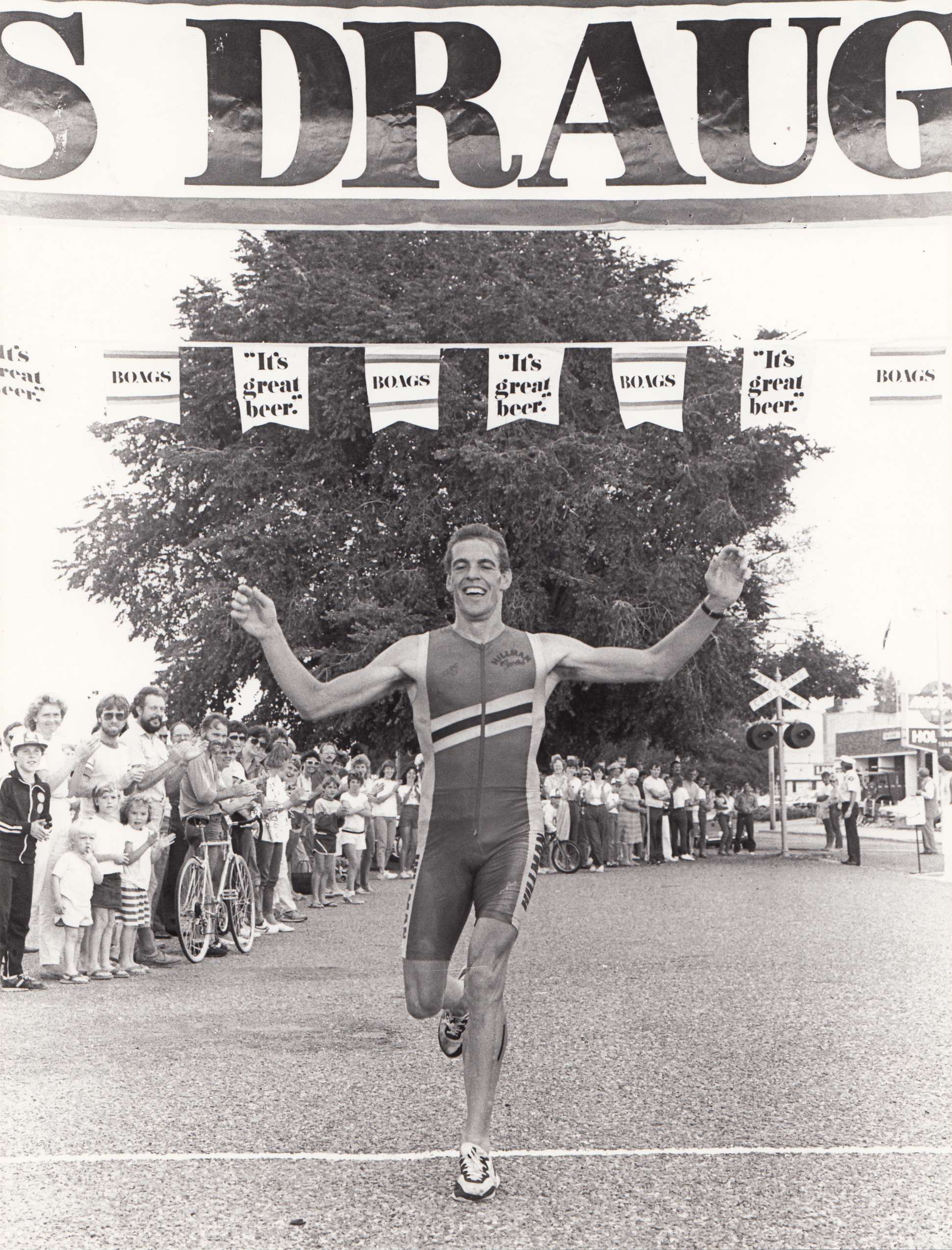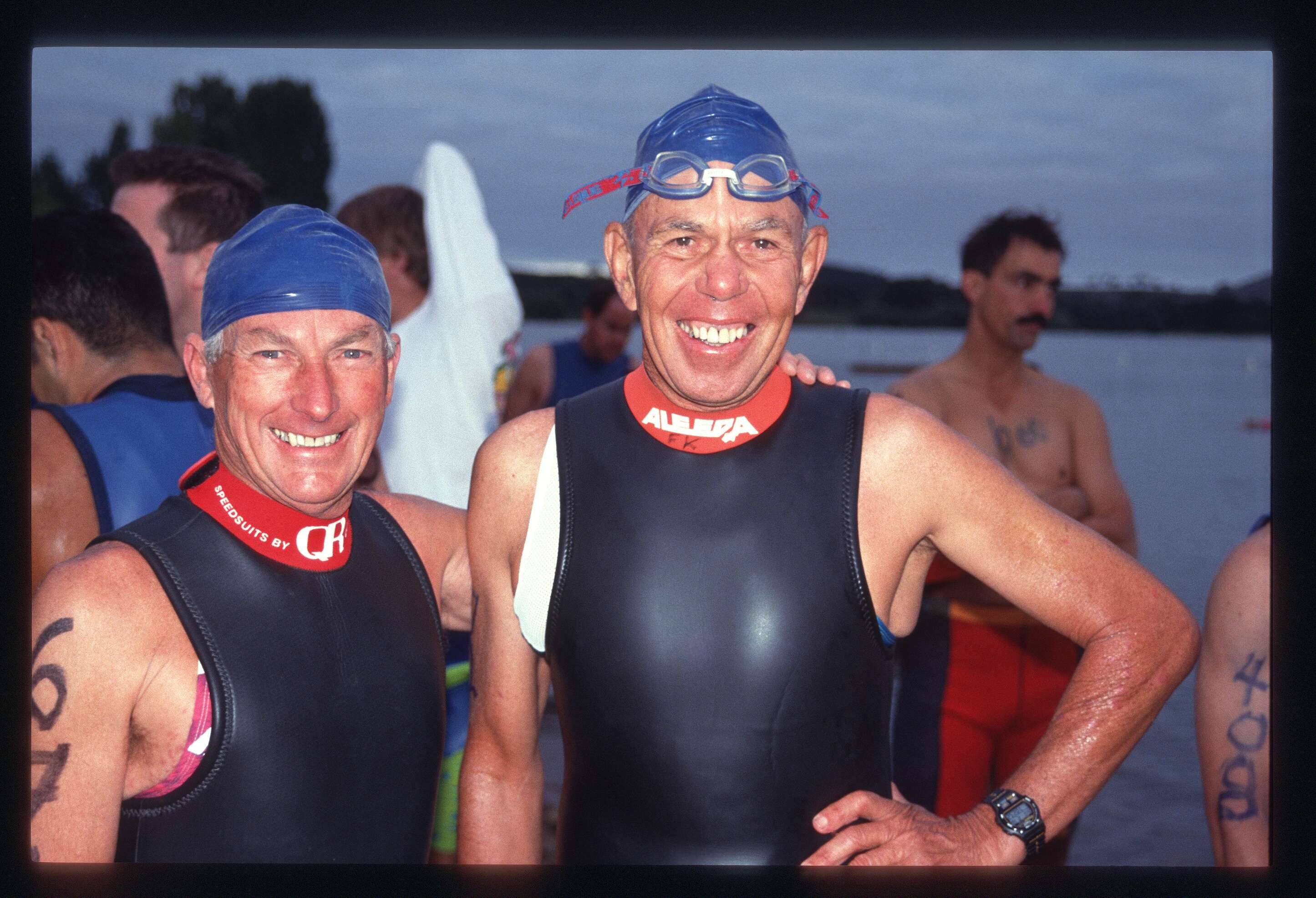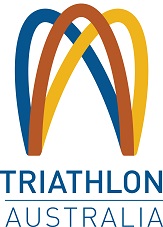2016 Legends
CRAIG WALTON |
ROHAN PHILLIPS |
|
|
|
 |
|
CHED TOWNS |
FRED KNUDSEN |
|
 |
 |
CRAIG WALTON
A former surf lifesaver, Craig Walton is to this day regarded as one of the great swim/bikers of the sport. After just missing the podium at the junior worlds in 1994 in Wellington - the year Emma Carney burst onto the scene - Craig returned in 1995 at Cancun and finished a close second to fellow Aussie Chris Hill.
From here on he was an athlete who was always near or on podiums around the world, winning a world bronze and representing Australia in the first Olympic triathlon in Sydney in 2000.
In the great tradition of a Loretta Harrop/Nickly Hackett, Walton would dominate the first two legs of the sport and frequently establish a large lead coming into the run leg. Then it was 'game on'. The harder the course the more likely Craig was to hold off the faster runners.
Cornerbrook in Canada where Craig won 3 times and Noosa where he won a record 7 times were two tougher than usual courses where Craig's strength won out.
Many would argue that flatter courses and drafting legal racing blunted Walton's career performances and various others describe him as the greatest real triathlete of all time.
In 2011 Inside Triathlon ranked Craig as one of its 15 top Male Triathletes of all time.
Following his retirement Walton had a very successful coaching career coaching. In an extraordinary testament to his coaching prowess he coached Emma Snowsill and Emma Moffatt to Olympic gold and bronze in Beijing - to this day Australia's greatest ever Olympic results.
ROHAN PHILLIPS
Before becoming a triathlete, Rohan Phillips had more than ten years’ experience as a cyclist. Reading in an American bicycling magazine about cyclist John Howard’s third place finish at Ironman Hawaii in 1980, then hearing about Howard’s 1981 win, Phillips was inspired to enter the event.
Phillips first plunged into a pool four months before his debut triathlon, the 1981 Nautilus Melbourne Triathlon, which he won. The winner’s prize was a ticket to compete in the February 1982 Ironman Hawaii. Swimming inexperience probably thwarted Phillip’s overall placing on the day, although he managed the twelfth fastest bike time with two punctures. On the run he happened to find himself keeping pace with Julie Moss as she ran into the lead, and then as she began to struggle he gave up on his own objectives and stayed with her.
Phillips went on to launch an unbroken winning streak over a period of approximately twenty months. Among his Australian wins, were the 1982 Hastings triathlon and 1982 Geelong Endurathon, both inaugural events, the 1983 Ocean Grove Triathlon, the Sri Chinmoy Triathlon held in Adelaide in March 1983, the second Hastings Triathlon, the first Gold Coast Triathlon in May 1983, the 1983 Melbourne [Nautilus Triathlon] and the 1983 XXXX Coral Coast Triathlon in Cairns. The winning streak only ended in November 1983 when Phillips competed in the second Geelong Endurathon just one week after racing in Hawaii.
Phillips brought an independent approach to the challenges presented by triathlon; he wore skin suits made by Hillman Cycles long before others picked up on the idea, bolted cycling shoes to his bike pedals to make transitions quicker, and kept a nutrition diary. In 1984, as President of the Diamond Valley Triathlon Club, Phillips, together with Mark Cera and cyclist Wayne Deller, staged the Kew Boulevarde Triathlon. The following year he competed in the 1985 United States Triathlon Series, claiming a number of top ten finishes and a win in the Los Angeles Triathlon, before returning to cycling in the second half of the 1980s. By then his renowned debut at Hawaii, his innovations and his victories over all of Australia’s best triathletes, including wins at many inaugural triathlons, made Phillips’ brief career the stuff of triathlon folklore.
FRED KNUDSON
One of those characters whom everyone in the triathlon community of thelate 1980s and early 1990s knew, Fred Knudsen stood out for his colourful backstory, his determination, his readiness to share jokes and serious commentalike, and for his triathlon exploits. ‘Our Golden Oldie’ as TriathlonSports journalist Aileen Southwell put it, the Gold Coast-based formerRAAF pilot Fred Knudsen took up triathlon in 1985 at the age of 64. He hadalready retired from a career that saw him coordinating RAAF missions out ofMalaysia in the 1960s.
During his RAAF career he was involved in two seriouscrashes – one into Port Phillip Bay and the other near Woomera. The secondresulted in the surgical fusing of three vertebrae together. Fred was thankfulthat he had a strong swimming background, which seemed to help with hisrecovery. In the 1970s he channeled his retirement years into competitiveswimming at state Masters Games, winning numerous trophies along the way. Boredwith one discipline, though, he jumped at the idea of triathlon when he heardof the sport.
As a triathlete Fred went beyond state titles, securing a rangeof national and world championship titles including the age group gold at the1991 ITU Triathlon World Championships on the Gold Coast. Although he competedat a range of distances, he preferred Ironman triathlons and described hisfirst encounter with the finish line at Hawaii in 1987 as the ‘greatest feelingof achievement’ that he had ever experienced. Not content with simplycompleting races, Fred regularly set out to beat his rivals, youngercompetitors, or course records, slicing nearly an hour off the 70+ record atKona in 1992.
In 1987 he ordered an expensive ‘funny bike’ for the Great Raceon the Gold Coast so that he would have an upper hand over his rival Jim Lee(unfortunately the bike didn’t arrive in time). When Fred Knudsen passedaway in 1915 those who knew him readily described him as a ‘great man’ and a legend.
CHED TOWNS
When Ched Towns discovered that he was suffering from a ‘degenerative sight disorder’ the news sent him spiraling into a cycle of negativity and self pity, particularly as he was forced to give up his hopes of one day qualifying for the Panthers Rugby League team. As Ched sat ‘watching’ the first Nepean Triathlon with a lit cigarette in one hand and a beer in the other, his wife Judy provided a running commentary on how their friends were progressing. ‘Overcome by the atmosphere he could feel on that day’ Ched decided to compete the following year, but his eyesight deteriorated too much for him to ride on his own.
Ched’s wife, Judy, bought a tandem bike and they trained together. The pair continued to race together in local events for many years, but the national triathlon community first heard about Ched at the start of the 1989/90 season. When they competed in the opening race of the AMPOL series at Port Macquarie they received ‘a tremendous ovation’. Triathlon coach Ron Bonham saw his win and volunteered to help Towns train for an Ironman triathlon. It was a moving moment when Towns and Bonham crossed the 1990 Forster finish line in a time of 11:14. Towns also took on Hawaii and finished a total of nine Ironman triathlons altogether.
Empowered by his triathlon experiences Towns took on numerous other challenges, competing in the men’s javelin B2 class at the Seoul 1988 Paralympic Games, kayaking across Torres Strait and becoming the first known vision impaired man to parachute solo from a plane. His efforts as an athlete, triathlon organiser, and motivational speaker were recognised when he was chosen as a torchbearer for the Sydney 2000 Olympic Games, but a few weeks after receiving the news Towns died from altitude sickness, aged 48, on a mountainside high in the Himalayas. Penrith Mayor John Bateman described him as ‘an achiever’ who once declared, ‘I’m totally addicted to life and the rewards that life will give you from the efforts you put in’.


